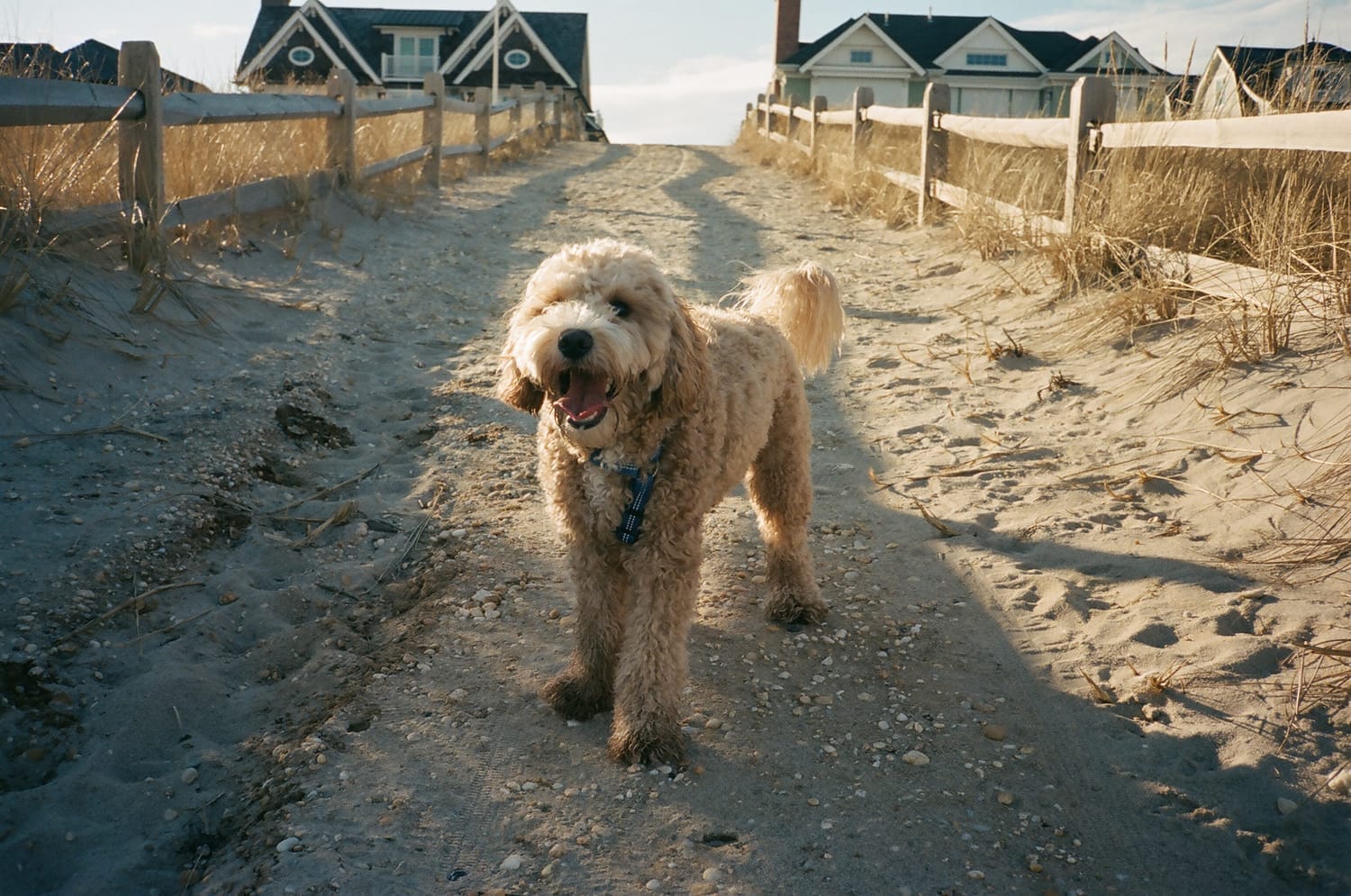Winter City Walks: How to Keep Your Dog Safe from Salt and Cold Pavement
When the temperature drops, city sidewalks become icy obstacle courses. While we bundle up in boots and coats, our dogs walk barefoot — through frozen streets, sharp salt crystals, and chemical de-icers that can burn or dry out their paws.
Here’s how to keep your pup comfortable, protected, and ready to strut through winter safely — whether you’re in Brooklyn or any other chilly city block.
Why Winter Streets Are Tough on Dogs

Sidewalk salt and chemical ice melts can be harsh on paw pads. Even small amounts can cause:
Dry, cracked paws from repeated exposure
Irritation or chemical burns from de-icers
Ingested toxins when your dog licks their paws after a walk
Tip: If you wouldn’t walk barefoot outside, your dog shouldn’t either.
1. Use a Protective Paw Balm or Wax
Before every walk, apply a paw balm or protective wax layer to create a barrier between your dog’s skin and the ground.
Look for a natural balm made with beeswax and coconut oil — it forms a seal without trapping moisture.
Recommended product: Musher’s Secret Paw Wax
Non-toxic and safe if licked
Shields against salt and cold
Easy to apply before each walk
Apply a small amount between the pads and along the paw edges. Reapply after longer walks or if the snow is slushy.
2. Rinse and Dry After Every Walk
Even with boots or balm, salt can stick to fur and between paw pads. When you get home:
Dip paws in warm (not hot) water
Wipe with a towel or use dog-safe wipes
Apply a thin layer of paw balm after drying
This prevents irritation and keeps paws soft all season long.
Recommended product: Earth Rated Dog Wipes — gentle, biodegradable, and great for daily use.
3. Stick to Safe Walking Routes
Whenever possible, choose unsalted paths or park routes where chemicals are less common. Avoid walking through piles of salt or icy puddles that may hide sharp crystals.
If you live in an apartment building, ask your property manager to use pet-safe ice melt — many are now labeled as “safe for paws and plants.”
4. Keep the Rest of Your Dog Warm
Cold air and wind chill can be especially tough on short-haired or small dogs. Use:
A fitted dog coat or sweater for insulation
Reflective gear or harnesses for early-morning or evening walks
Layering protection helps maintain core warmth, so your dog’s body can circulate blood to the paws more effectively.

Winter Safety in the City Starts with Small Habits
Your dog depends on you to protect them from the elements — but it doesn’t have to be complicated. With a bit of prep and the right products, winter walks can stay fun, safe, and stylish.

Musher's Secret Dog Paw Wax
Guards against ice, salt, and dryness
Protects Paws from Heat and Rough Surfaces
Created with ©systeme.io






